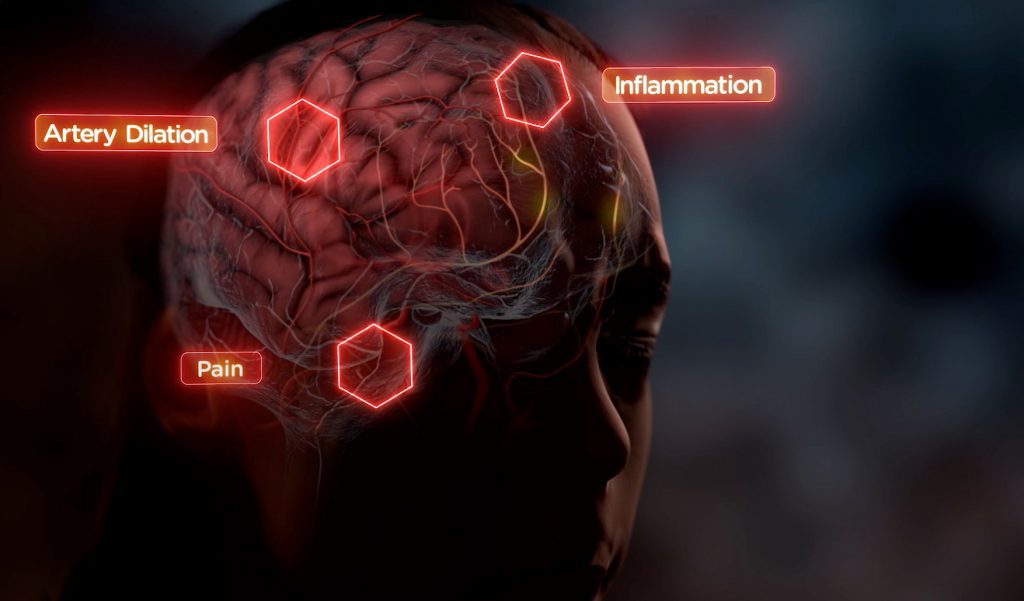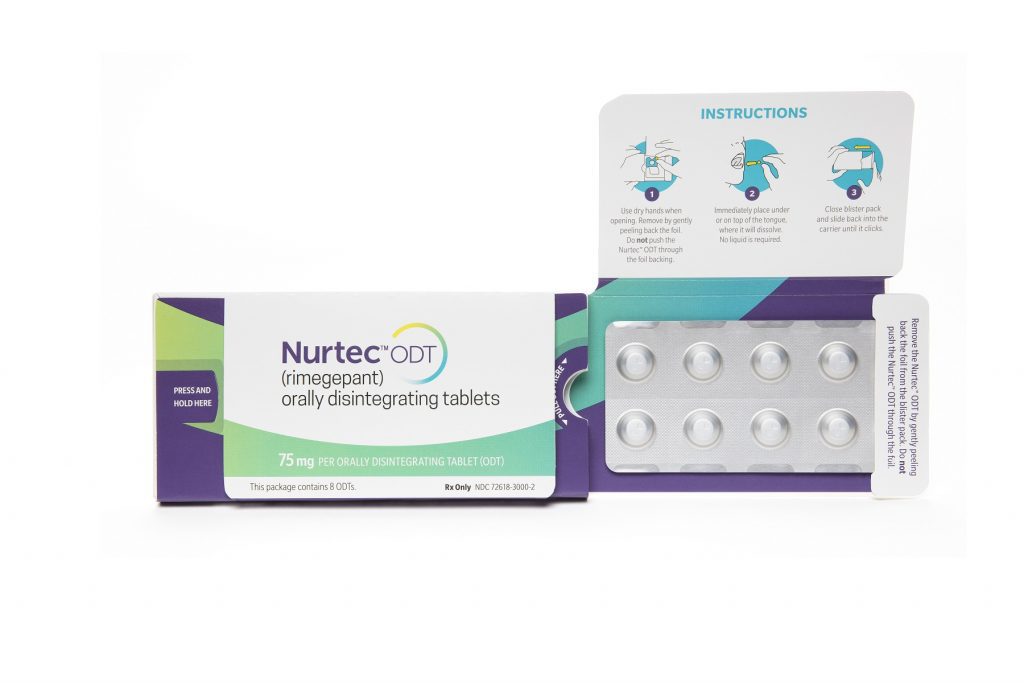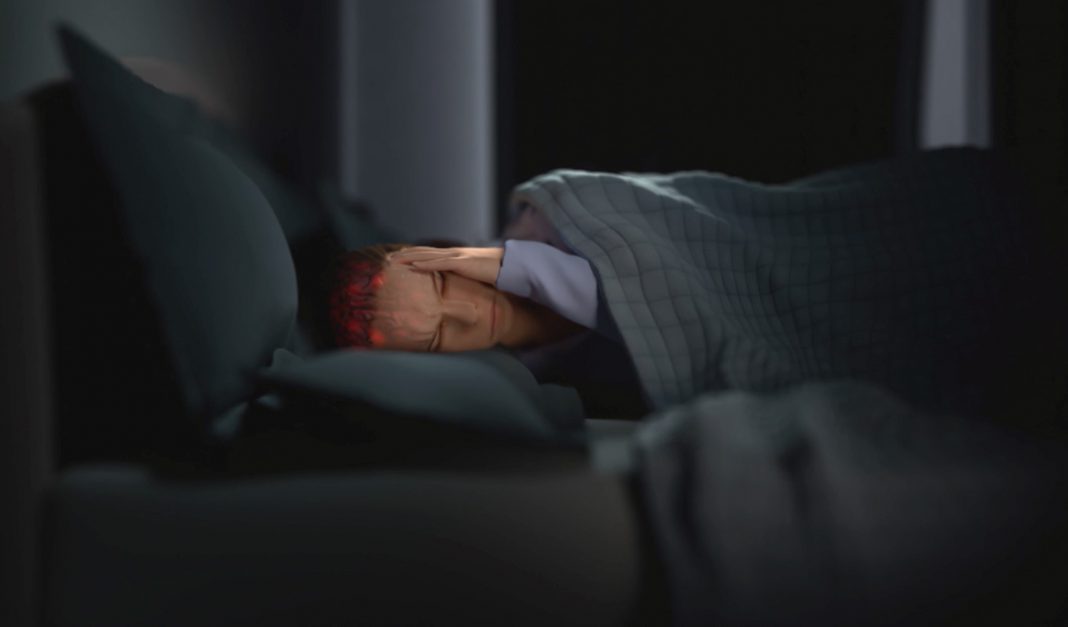Submitted by Biohaven Pharmaceuticals
Kerbie Barrantes, DNP, opened his healthcare practice Key Bridge Medical Clinic in Lakewood, Wash., in February 2021, with more than 20 years as a healthcare provider. He was on his way to meeting his mission — delivering professional, comprehensive, and compassionate medical care services for individuals and families in rural communities. Although his practice focuses on family medicine for all, it was while caring for patients with migraine that he learned just how critical it is to know about the latest advances in treatment.

Dr. Barrantes explains, “Migraine is a neurologic disease that affects nearly 40 million Americans. It is often called an invisible disease because it is not visible on the outside. Many people with migraine feel that it is misunderstood by their friends and family and find people often dismiss the disease as ‘just a headache.’ As a result, many people with migraine are forced to plow through the pain and symptoms and suffer in silence much of their lives.”
To help shed light on this “invisible” disease, we sat down with Dr. Barrantes to learn more about migraine, who’s at risk for having migraine and the only migraine treatment that can both treat and prevent migraine attacks.
What is migraine?
“Migraine, which is so much more debilitating than a headache, is a neurologic disease that can cause people to miss important events, like family weddings, graduations, school and work. Patients may experience severe pain in their head, extreme sensitivity to noise and light, odors, and touch, as well as nausea and vomiting. They can have one or two of these symptoms or all of them. It can vary from patient to patient.
“A migraine can last several hours to three days. The frequency of a migraine attack also varies. As a result, many who have migraine have a hard time keeping up with everyday activities, opting to change plans and seek out a dark quiet place until the symptoms pass.”
Who’s affected by migraine?
“Migraine is often experienced by people who have a family history of the disease. However, anyone can get migraine. Women are three times more likely than men to be affected by migraine, hitting them hardest in their thirties.”

What happens in the brain when migraine strikes?
“We have learned so much in the last few years about what happens in the brain when migraine strikes. A protein in the brain called calcitonin gene-related receptor protein (CGRP) has been shown to cause inflammation associated with pain. By blocking that neuron pathway, we can stop the cascading effect that causes migraine attacks.
“For example, Nurtec® ODT (rimegepant) can block CGRP from causing pain and inflammation associated with symptoms of migraine. In addition to resolving pain and returning many patients back to normal activities in one hour, Nurtec ODT can also help prevent the next migraine attack.”
What else can you tell us about Nurtec ODT?
“Nurtec ODT is a an orally dissolving tablet that melts on or under the tongue without water, and can act quickly, as I stated, in about an hour. In addition, when taken every other day, it can prevent migraine attacks as well. This makes following a treatment plan simple. It’s the first and only drug that can both treat a migraine attack when it happens and prevent the next one.
“I typically tailor a treatment plan to each individual, as everyone experiences migraine differently. With Nurtec ODT, treatment results may vary, and, in some patients, they may experience nausea, stomach upset and indigestion.”

What are migraine triggers and how important is it for patients to be aware of them?
“Stressors, such as keeping up with schedules, school, work and parenting is one trigger that many patients must manage to keep migraine pain from flaring up. Other triggers may include dehydration, not getting enough sleep or changes in schedule, diet or weather, to name a few. Because migraine is experienced differently among people who have it, I recommend that patients keep a log on what may be triggering theirs and, where possible, to avoid them. Understanding that some triggers like weather are unavoidable.
“Many of my patients who have migraine, however, are relieved to know that there is treatment that may help them, especially when life demands it. It frees them up to plan for the future knowing that their migraine won’t keep them from it.”
What advice would you give readers when it comes to migraine pain and treatment?
“If you think you have migraine, I recommend scheduling an appointment with a healthcare professional for an evaluation and diagnosis. And most of all, know that there are treatments, such as Nurtec ODT, that can help.”
Nurtec® ODT 75 mg orally disintegrating tablets is a prescription medicine that is used to treat migraine in adults. It is for the acute treatment of migraine attacks and the preventive treatment of episodic migraine. Do not take if you are allergic to Nurtec ODT or any of its ingredients. The most common side effects were nausea (2.7%) and stomach pain/indigestion (2.4%). Please visit Nurtec.com for full Prescribing Information, Patient Information and Important Safety Information.
US-RIMODT-2200170 02/24/2022
Sponsored



































